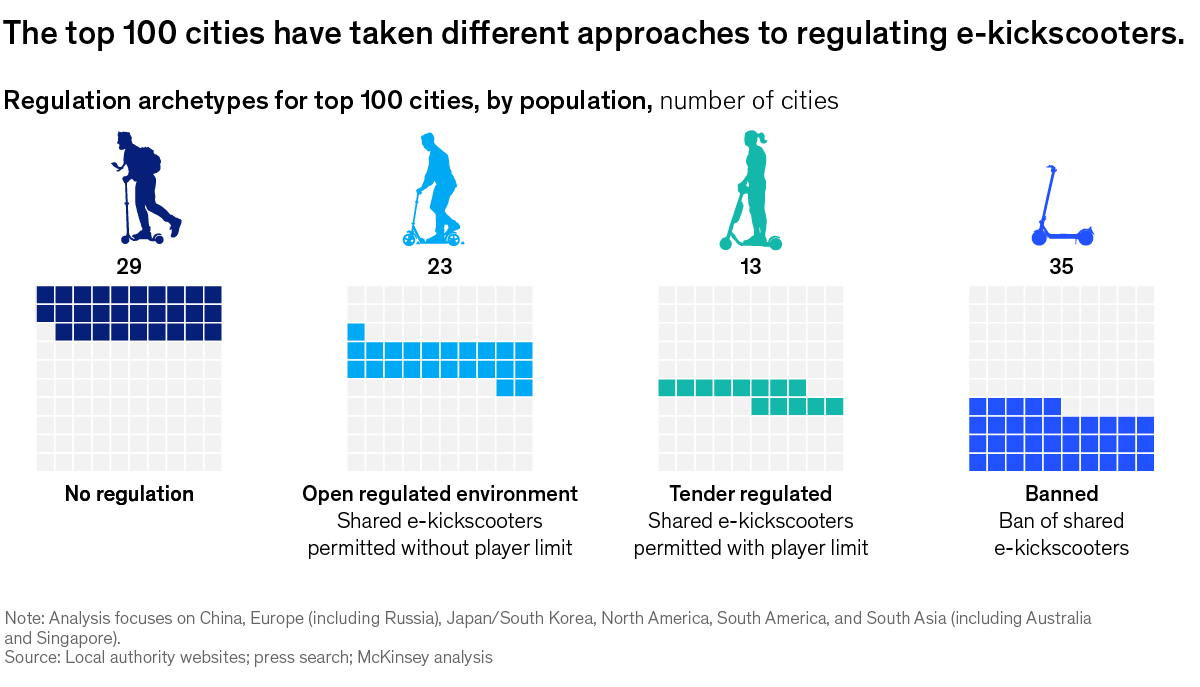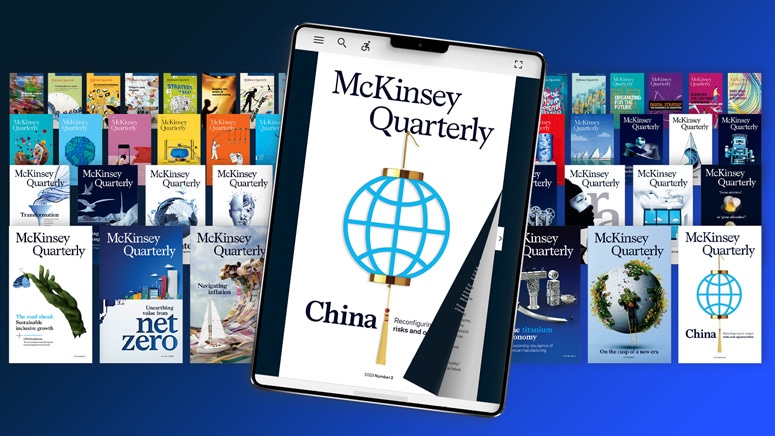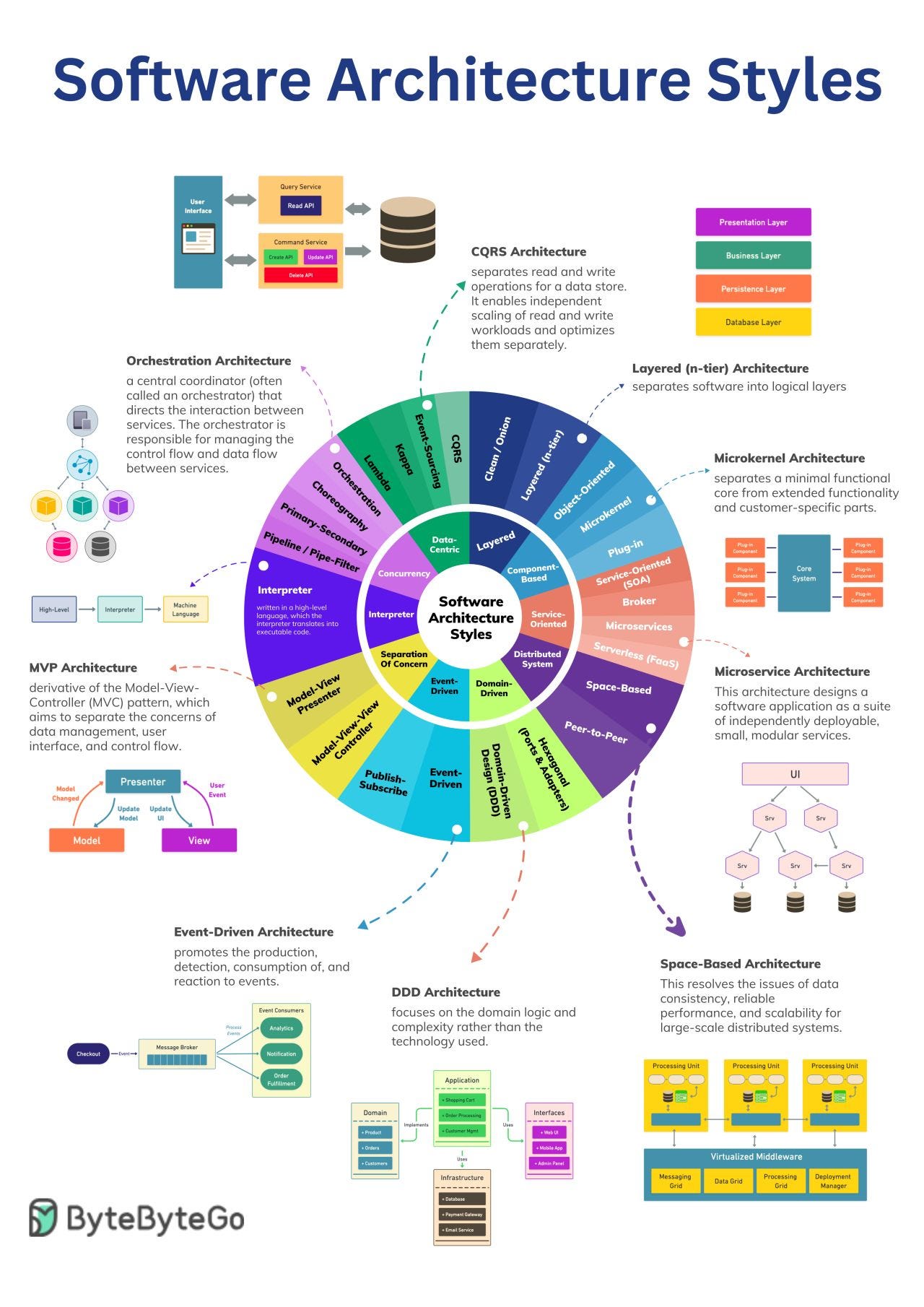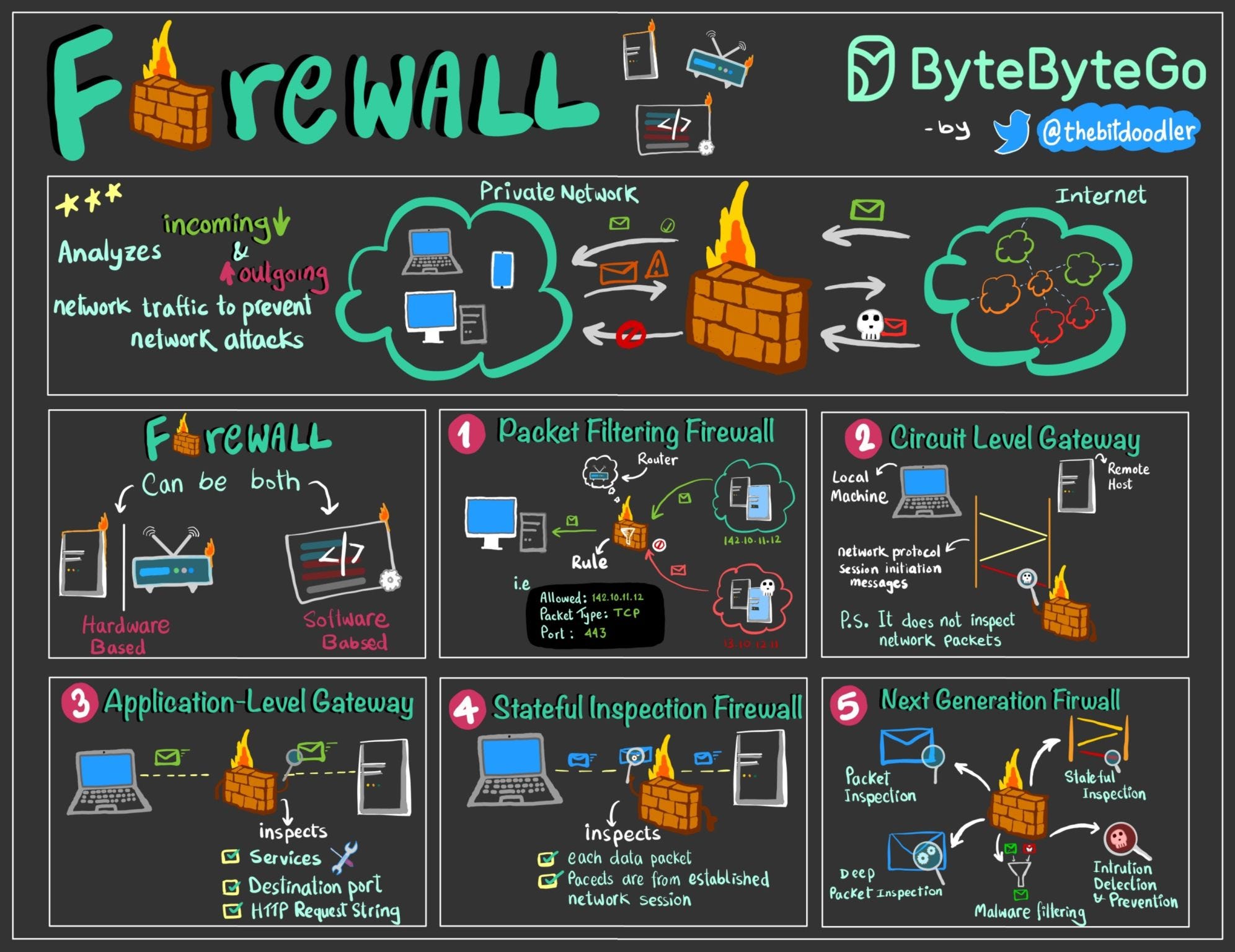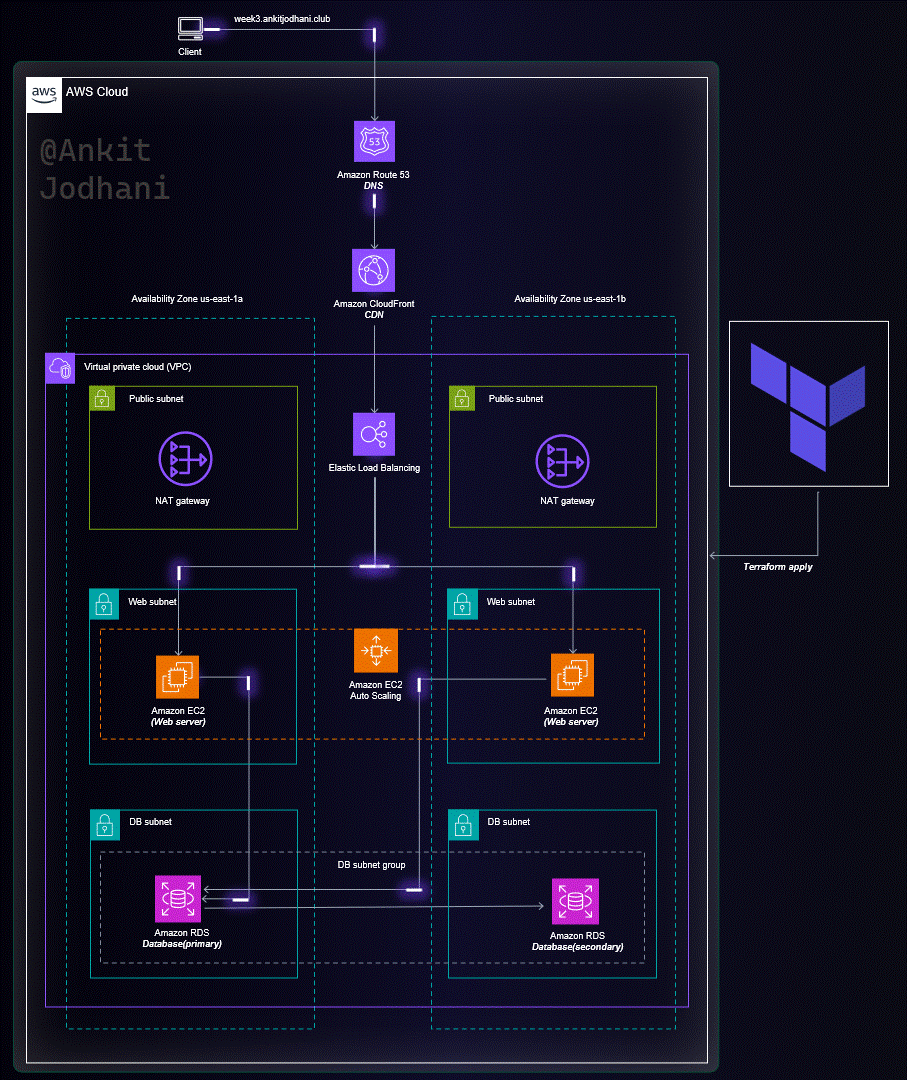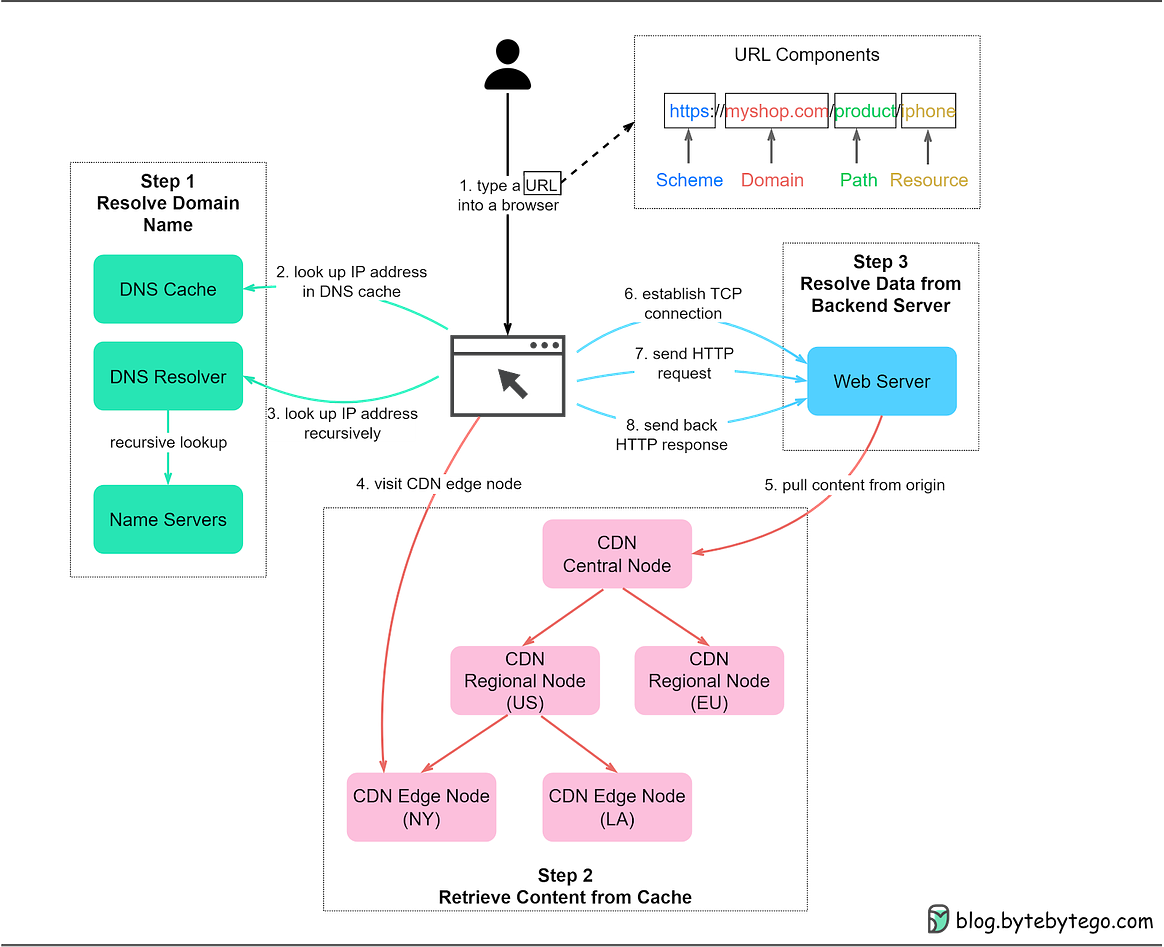Archives
- By thread 5341
-
By date
- June 2021 10
- July 2021 6
- August 2021 20
- September 2021 21
- October 2021 48
- November 2021 40
- December 2021 23
- January 2022 46
- February 2022 80
- March 2022 109
- April 2022 100
- May 2022 97
- June 2022 105
- July 2022 82
- August 2022 95
- September 2022 103
- October 2022 117
- November 2022 115
- December 2022 102
- January 2023 88
- February 2023 90
- March 2023 116
- April 2023 97
- May 2023 159
- June 2023 145
- July 2023 120
- August 2023 90
- September 2023 102
- October 2023 106
- November 2023 100
- December 2023 74
- January 2024 75
- February 2024 75
- March 2024 78
- April 2024 74
- May 2024 108
- June 2024 98
- July 2024 116
- August 2024 134
- September 2024 130
- October 2024 141
- November 2024 171
- December 2024 115
- January 2025 216
- February 2025 140
- March 2025 220
- April 2025 233
- May 2025 239
- June 2025 303
- July 2025 154
-
How to motivate and engage employees of all ages
Re:think
An employee experience for the ages
by "McKinsey Quarterly" <publishing@email.mckinsey.com> - 03:47 - 19 Jul 2023 -
As people leave urban centers, can superstar cities like London and Paris stay vibrant?
On Point
Modeling real estate demand in 2030 Brought to you by Liz Hilton Segel, chief client officer and managing partner, global industry practices, & Homayoun Hatami, managing partner, global client capabilities
• Cities’ vacant offices. Schools are full of kids, and cruise lines are packed with travelers, but commercial real estate is still wrestling with high vacancies and lackluster demand. In 2026, when a third of US office leases expire, we can expect rents to fall and vacancies to climb higher still. That threatens cities that depend on commercial property taxes for a significant share of revenue. Rather than increase taxes, which might antagonize affluent residents, cities might highlight what they do best: green transit, walkable pathways, and cultural amenities. [Atlantic]
• Empty spaces. Vacant office and retail space have grown sharply as hybrid work proliferates. Real estate faces tough challenges in the world's superstar cities—places such as Beijing, Houston, and Paris—which claim a disproportionate share of urban GDP and GDP growth. How long could the pain last? To find out, McKinsey modeled several scenarios. In a moderate scenario, demand for office space may fall 13% in 2030, compared with 2019. In a severe scenario, demand could plunge by as much as 38%, explain Sven Smit, McKinsey’s chair of insights and ecosystems and chair of the McKinsey Global Institute, and coauthors.
• Hybrid places. As residents move out of the densest city areas, they’re taking their shopping elsewhere. In metropolitan areas, foot traffic near stores remains 10 to 20% below prepandemic levels. Foot traffic is also recovering faster in the suburbs than in more heavily populated areas. Challenges like these may imperil the fiscal health of cities. Yet they might also prompt a historic transformation of urban spaces. Consider what actions cities, developers, and other stakeholders could take to turn empty spaces into hybrid places.
— Edited by Belinda Yu, editor, Atlanta
This email contains information about McKinsey's research, insights, services, or events. By opening our emails or clicking on links, you agree to our use of cookies and web tracking technology. For more information on how we use and protect your information, please review our privacy policy.
You received this email because you subscribed to the On Point newsletter.
Copyright © 2023 | McKinsey & Company, 3 World Trade Center, 175 Greenwich Street, New York, NY 10007
by "McKinsey On Point" <publishing@email.mckinsey.com> - 11:33 - 19 Jul 2023 -
Staying Connected with the Innovation Summit Bangkok 2023 !
Schneider Electric
Visit WebsiteDigital. Electric. Efficient. Sustainable.We missed you at the Innovation Summit Bangkok 2023: Innovations for a Sustainable Thailand, but we recorded it so you don't have to miss out on the inspiring ideas and valuable insights.
Register to watch the the recordings of Innovation Summit at your convenience. Please click the "Watch on demand VDO".
On-demand VDO is available only from July 18, 2023 to August 16, 2023!
Or click the 'Download Presentation' button for details on topics presented at Innovation Summit Bangkok 2023.+ Lifecycle Services From energy and sustainability consulting to optimizing the life cycle of your assets, we have services to meet your business needs. Schneider Electric
46 Rungrojthanakul Building. 1st, 10th, 11th Floor, Ratchadapisek Road. Huaykwang
Bangkok - 10310, Thailand
Phone +662 617 5555© 2023 Schneider Electric. All Rights Reserved. Schneider Electric is a trademark and the property of Schneider Electric SE, its subsidiaries and affiliated companies. All other trademarks are the property of their respective owners.
by "Schneider Electric" <reply@se.com> - 05:28 - 19 Jul 2023 -
Registration is Ending Soon | oneAPI DevSummit for HPC & AI, Southeast Asia 2023
Registration is Ending Soon | oneAPI DevSummit for HPC & AI, Southeast Asia 2023
Immerse yourself in this free one-day virtual event focused on cross-platform development and future technologies.
Register now 
oneAPI DevSummit for HPC & AI, Southeast Asia 2023
August 03, 9:00 am - 5:00 pm IST



Register now 
Save the date! The oneAPI DevSummit for HPC & AI, Southeast Asia 2023 returns on August 03 with all new topics, speakers, case studies and the latest developments on oneAPI. This one-day virtual event is dedicated to innovative cross-platform solutions developed on oneAPI—a unified, standards-based programming model that delivers uncompromised performance on diverse workloads.
Register today and stand in a chance to win some amazing Prizes and Giveaways at the event :
- First 50 Early Bird prizes
- Event giveaways - Amazon and Starbucks Vouchers
- Lucky dip prizes for engagement at the summit
Save your virtual spot 
Whether you attended a previous DevSummit or if this is your first time participating, this summit will offer you a chance to hear from industry and academic experts to connect and network with other innovators.
Explore more 
Additionally, you’ll get to experience an expansive keynote, techtalks, live tutorials, and a perspective on cross-architecture computing to catapult you to the next level in your developer journey.
View all speakers 
We hope to see you on August 03, 2023, for the Virtual Conference.





If you forward this email, your contact information will appear in any auto-populated form connected to links in this email.
This was sent to info@learn.odoo.com because you are subscribed to Events & Tradeshows. To view and manage your marketing-related email preferences with Intel, please click here.
© 2023 Intel Corporation
Intel Corporation, 2200 Mission College Blvd., M/S RNB4-145, Santa Clara, CA 95054 USA. www.intel.comPrivacy | Cookies | *Trademarks | Unsubscribe | Manage Preferences
by "Intel Software Developer Zone" <intel@plan.intel.com> - 01:46 - 19 Jul 2023 -
Middle managers are the heart of your company
Offer the right rewards Brought to you by Liz Hilton Segel, chief client officer and managing partner, global industry practices, & Homayoun Hatami, managing partner, global client capabilities
What comes to mind when you hear “middle manager”? The word “middle” often implies that the person is headed somewhere else—ideally, to the top. But middle management can be a destination rather than a way station, say McKinsey’s Emily Field, Bryan Hancock, and Bill Schaninger, whose new book Power to the Middle: Why Managers Hold the Keys to the Future of Work comes out today. In a new McKinsey Quarterly article adapted from the book, they explain that middle managers play a critical role of connecting and integrating people and tasks, and should be viewed as being at the center of an organization—which is why the best middle managers are often best off staying exactly where they are. Abandon the outdated assumptions about the middle layer of management and see why offering the right rewards to your most-valued managers can pay off in the long run.
Quote of the day
Chart of the day
ALSO NEW
— Edited by Joyce Yoo, editor, New York
Share these insights
Did you enjoy this newsletter? Forward it to colleagues and friends so they can subscribe too. Was this issue forwarded to you? Sign up for it and sample our 40+ other free email subscriptions here.
This email contains information about McKinsey’s research, insights, services, or events. By opening our emails or clicking on links, you agree to our use of cookies and web tracking technology. For more information on how we use and protect your information, please review our privacy policy.
You received this email because you subscribed to our McKinsey Quarterly alert list.
Copyright © 2023 | McKinsey & Company, 3 World Trade Center, 175 Greenwich Street, New York, NY 10007
by "McKinsey Daily Read" <publishing@email.mckinsey.com> - 07:24 - 18 Jul 2023 -
Improving workforce participation for intersectional workers requires targeted action
On Point
Which UK workers are furthest behind Brought to you by Liz Hilton Segel, chief client officer and managing partner, global industry practices, & Homayoun Hatami, managing partner, global client capabilities
• Underrepresented in retail. Even though women make up more than 50% of the UK retail workforce (one of the nation’s largest industries), a new report shows they remain underrepresented in leadership roles. New data from a survey of more than 200 businesses reveals that only 41 boast female CEOs or CFOs, while just 13 have female chairs. In addition to the lack of gender diversity, businesses also lack racial diversity in the top ranks: about one-third of boards are made up of only White members. [Bloomberg]
• Falling behind. UK workers who identify as Black, Bangladeshi, and Pakistani are the furthest behind on pay and labor force participation, and those who fall at the intersection of gender and ethnicity are particularly vulnerable. Compared with all other ethnicity and gender combinations, Black, Bangladeshi, and Pakistani women are at the greatest disadvantage, McKinsey senior partner Tania Holt and colleagues reveal. While more women in these groups aged 16 to 25 are furthering their education and starting careers in higher-paying jobs, Black, Bangladeshi, and Pakistani women aged 26 and older face a growing disparity in pay as they continue their careers, due in part to an underrepresentation in leadership positions.
• For the good of all. Improving women’s earning potential translates to economic gains that benefit entire communities. But closing the pay gap for Black, Bangladeshi, and Pakistani women requires targeted effort on the part of employers, starting from an understanding of the economic and cultural experiences of these groups. Recruiting initiatives, professional network building, and transparency in the promotion pipeline could directly improve Black, Bangladeshi, and Pakistani women’s experiences in their organizations. Consider four meaningful actions leaders can take to address racial equality at work.
— Edited by Gwyn Herbein, editor, Atlanta
This email contains information about McKinsey's research, insights, services, or events. By opening our emails or clicking on links, you agree to our use of cookies and web tracking technology. For more information on how we use and protect your information, please review our privacy policy.
You received this email because you subscribed to the On Point newsletter.
Copyright © 2023 | McKinsey & Company, 3 World Trade Center, 175 Greenwich Street, New York, NY 10007
by "McKinsey On Point" <publishing@email.mckinsey.com> - 12:13 - 18 Jul 2023 -
Explore India: A top destination for global talent recruitment 🇮🇳
Explore India: A top destination for global talent recruitment 🇮🇳
Have you been wondering where to look next for the best talent? Here's why India might be your next hub! 🍵Hi MD,
Are you looking for new talent hotspots? Here’s why India should be on your radar...
With a highly skilled workforce renowned for tech expertise and adaptability to remote work, tapping into the Indian talent pool could help unlock your global potential. Here are some important considerations when expanding to India:
- Expertise and flexibility: Indian professionals tend to excel at integrating into global teams, and their time zone can facilitate round-the-clock development cycles. 💼💡
- Salary details: The average base salary for senior web engineers in India is $45,393 USD. 💸
- Benefit requirements: Health insurance has been mandatory in India since 2020. With Remote, you can provide your team with excellent local plans at competitive rates. 🏥💪 (See our local plans in India.)
- Talent hotspots: Bengaluru, Hyderabad, Pune, Chennai, NCR, and Mumbai are bursting with tech talent. 🎯
- Values matter: In Indian culture, family is paramount. Honoring work-life balance and respecting time off for family events and holidays fosters a productive and supportive work culture. 🤝🏠
Ready to explore further? Our comprehensive Country Hiring Considerations guide provides all the details you need to navigate hiring in India. Click to learn more! 🚀
And don't let global growth pass you by. Harness the power of global talent with Remote and start onboarding today.
Remote makes employment globally easy.
With our localized contracts, easy invoice management, and best-in-class compliance, you can grow your global team with confidence.




You received this email because you are subscribed to News & Offers from Remote Technology, Inc.
Update your email preferences to choose the types of emails you receive.
Unsubscribe from all future emailsRemote Technology, Inc.
Copyright © 2023 Remote Technology, Inc. All rights reserved.
18 Bartol St. #1163 San Francisco California
by "Remote" <hello@remote-comms.com> - 10:05 - 17 Jul 2023 -
Trakzee - White Label Fleet Management Software
Trakzee - White Label Fleet Management Software
A Software that enables real-time vehicle tracking, fuel monitoring, tire management, and much more.
An advanced fleet management software that enables real-time vehicle tracking, fuel monitoring, tire management, and much more.
Unveiling the Advanced Features of Our Industry-Leading Platform
Ready to revolutionize your fleet management?

Uffizio Technologies Pvt. Ltd., 4th Floor, Metropolis, Opp. S.T Workshop, Valsad, Gujarat, 396001, India
by "Sunny Thakur" <sunny.thakur@uffizio.com> - 07:00 - 17 Jul 2023 -
The ripple effects of hybrid work and the pandemic’s lasting impact on real estate
Explore the full report Brought to you by Liz Hilton Segel, chief client officer and managing partner, global industry practices, & Homayoun Hatami, managing partner, global client capabilities
Since the beginning of the pandemic, our relationship with office spaces has dramatically changed. Hybrid work has become the new normal for many—and it is here to stay. So what’s next for office, residential, and retail spaces in major cities? In a new McKinsey Global Institute report, McKinsey’s Jan Mischke, Ryan Luby, Brian Vickery, Jonathan Woetzel, Olivia White, Aditya Sanghvi, Jinnie Rhee, Anna Fu, Rob Palter, André Dua, and Sven Smit take a deep dive into the pandemic’s lasting impact on real estate and the ripple effect of hybrid work on where people live and where they shop. Give it a read and see what it takes to thrive in hybrid spaces.
Quote of the day
Chart of the day
ALSO NEW
— Edited by Joyce Yoo, editor, New York
Share these insights
Did you enjoy this newsletter? Forward it to colleagues and friends so they can subscribe too. Was this issue forwarded to you? Sign up for it and sample our 40+ other free email subscriptions here.
This email contains information about McKinsey's research, insights, services, or events. By opening our emails or clicking on links, you agree to our use of cookies and web tracking technology. For more information on how we use and protect your information, please review our privacy policy.
You received this email because you subscribed to our McKinsey Global Institute alert list.
Copyright © 2023 | McKinsey & Company, 3 World Trade Center, 175 Greenwich Street, New York, NY 10007
by "McKinsey Daily Read" <publishing@email.mckinsey.com> - 06:19 - 17 Jul 2023 -
Thank you for supporting ByteByteGo Newsletter
Thank you for reading ByteByteGo Newsletter. As a token of our appreciation, we're offering you a limited-time offer of 20% off a paid subscription.
Redeem special offerHere are the benefits you unlock with a paid subscription:
- An extra deep dive on Thursdays
- Full archive
- Many expense it with team's learning budget
Join the thousands of other readers who pay for full access to ByteByteGo Newsletter — redeem your special offer today!
Thanks again for reading.
by "ByteByteGo" <bytebytego@substack.com> - 01:08 - 17 Jul 2023 -
Webinar invite: Edge Insight for Industrial Overview
Webinar invite: Edge Insight for Industrial Overview

Edge Insight for Industrial Overview
Thursday, July 27, 2023
07:30 am - 08:30 am PDTRegister Now 
Edge Insight for Industrial consists of a set of pre-integrated ingredients optimized for Intel® architecture. It includes modules that enable data collection, storage, and analytics for both time-series and video data, as well as the ability to act on these insights by sending downstream commands to tools or devices.
In this session you will learn EII v4.0.0 key features and improvements.Register Now 
Speaker

Murni Jasamai
Enabling and Optimization Engineer- Intel
Murni has joined Intel since 2018 and works in the Machine Vision and Analytics domains to support solutions for customer enablement. Currently, she is working as a solution enabling and optimization engineer, and one of the main focus areas that she is supporting is Edge Insight for Industrial.





If you forward this email, your contact information will appear in any auto-populated form connected to links in this email.
This was sent to info@learn.odoo.com because you are subscribed to Webinars. To view and manage your marketing-related email preferences with Intel, please click here.
© 2023 Intel Corporation
Intel Corporation, 2200 Mission College Blvd., M/S RNB4-145, Santa Clara, CA 95054 USA. www.intel.com
Privacy | Cookies | *Trademarks | Unsubscribe | Manage Preferences
by "Intel Corporation" <intel@plan.intel.com> - 11:04 - 17 Jul 2023 -
SEO Proposal..
Hi,
We can place your website on Google's 1st page. We will improve your website's position on Google and get more traffic.Below is the brief overview of the activities we will perform at the time of SEO:
1. On page optimization
2. Off page optimization
3. Keywords research
4. Content Writing
5. Google penalty testing
6. Blacklining testing
7. Classified ads
8. Site structure optimization
9. Secure Google my business
10. Reporting setup
Let me know if you are interested, I will send you our SEO Packages and price list.
If you are interested in any services, kindly Please share your WhatsApp number OR skype so that we call Back on there and Discuss in detailThanks & Regards,
Mahak Gupta
by "Mahak Gupta" <mahakgupta.web@outlook.com> - 08:41 - 17 Jul 2023 -
RE: Best budgeting apps_
Greetings,
Just wanted to check, have you checked my previous e-mail? If you are interested let me know please.
Please share your exact requirements so that we can do effort estimation and come up with cost and timeline of the project.
From: Naitik Singhania [mailto:naitiksinghania@outlook.com]
Sent: 14 June 2023 03:57 PM
Subject: Best budgeting apps_Hello, :-)
Hope you are doing great today.
We are an IT outsourcing company with 8 years of experience in developing top-notch applications.
We happened to see your business and were wondering if you would like to create a super-flexible application for your business.
We have years of experience working with businesses and can provide a solution that fits your needs. We can help you build:
EducationApps / EventsApps / FinanceApps / LogisticsApps / M-CommerceApps / MediaApps / NewsMagazineApps / RealEstateApps / TaxiApp / SocialNetworkingApps / TravelApps / NativeApps/ FintechApp / (Hospital, Doctor, Hotel, Bus, Cab) BookingApp, .. Etc.
Domains we are experts in: Ecommerce, Food application, Chat application, Healthcare, Dating, etc.
We are not limited to these and have expertise in several more domains. Please come up with the detailed requirement or share any reference app so that I can come up with my best suggestion and pricing for the same.
I am looking forward to your precious revert.
Thanks and regards,
Manoj.
by "Naitik Singhania" <naitiksinghania@outlook.com> - 08:20 - 17 Jul 2023 -
RE: Get a birds eye view of your online business _
RE: Get a birds eye view of your online business _
Greetings,
Just wanted to check, have you checked my previous e-mail? If you are interested let me know please.
Please share your exact requirements so that we can do effort estimation and come up with cost and timeline of the project.
_____________________________________________
From: Chayan Sharma [mailto:Poojasharma303@outlook.com]
Sent: 14 June 2023 03:48 PM
Subject: Get a birds eye view of your online business _Hello, :-)
Hope you are doing great today.
BEST MOBILE APPLICATION DEVELOPMENT COMPANY.
•) e-Commerce Apps
•) Cleaning Apps
•) Shopping Apps
•) Real Estate Apps
•) Education Apps
•) Food Delivery Apps
•) Restaurant Apps
•) Booking Apps
•) Fitness Apps
•) Beauty Apps
•) Music Apps
That’s not all we can do for you. We have worked on over 400+ projects and we are confident that we can build a life for your ideas.
If you have any inquiries or would like to discuss your requirements, please revert to us on this email. One of our representatives will connect with you shortly.
Waiting for your response.
Thanks and regards,
Akash.
by "Chayan Sharma" <Poojasharma303@outlook.com> - 08:15 - 17 Jul 2023 -
Conducting a midyear tech review: A leader’s guide
Technically speaking Brought to you by Liz Hilton Segel, chief client officer and managing partner, global industry practices, & Homayoun Hatami, managing partner, global client capabilities
“Resolutions in technology are essential for companies looking to navigate the uncertainties of 2023,” we observed at the beginning of this year. Tech resolutions—and companies’ commitments to keeping them—may become even more important as disruptive technologies such as generative AI begin to reshape organizations. Leaders who may have put digital transformation on the back burner face a new urgency to deploy technology at scale to improve business performance. The year’s midpoint may be a good time for leaders to examine how their technology plans and actions are shaping up.
There’s a reason this powerful technology dominates the news—besides its appeal to consumers, generative AI offers leaders in almost all industries a unique opportunity to reinvent their businesses. “But it’s worth remembering we’ve seen this movie before,” McKinsey experts caution. “New technologies emerged . . . that set off a melee of experiments and pilots, though significant business value often proved harder to come by.” Our latest research takes some of the guesswork out of generative-AI deployments: we’ve identified nine actions that tech leaders can take to mitigate risk and identify where the technology can create the most value. For example, one possibility may be to develop a “financial AI” capability to estimate the true costs and returns of generative AI. While all parts of an enterprise stand to gain from generative AI’s “superpowers,” our research shows that 75 percent of its value may lie in four functions: customer operations, marketing and sales, software engineering, and R&D.
That’s the number of critical practices that top-performing companies follow more frequently than others—becoming digital leaders as a result. At these organizations, “senior leaders take time to tune up their understanding of the digital tools and practices their businesses need to stay ahead,” note McKinsey senior partner Tanguy Catlin and coauthors in an update of earlier McKinsey research. Hands-on demos may appeal most to leaders who are pressed for time: for example, cross-functional teams at one company displayed the benefits of robotic process automation by sharing models, assumptions, and findings with business leaders at monthly meetings.
That’s McKinsey partner Gayatri Shenai on why technology needs to be integrated with business operations. “Boards and CEOs are increasingly realizing how technology can change the company’s performance trajectory,” says Shenai. CEOs may need to pay attention to three technology issues in particular: its role in business growth, how it is delivered, and whether its foundation is future-proof. “Make sure the decisions you make today help you advance versus hold you back,” suggests McKinsey senior partner Krish Krishnakanthan. “What can you do now with respect to the cloud or micro services, for example?”
With the tech talent market in flux, hiring and retaining skilled people is a challenging task—one that mobility technology company Porsche Digital is meeting head on. “We see that people are motivated most by the job that they’re doing and the people that they are working with,” says Mattias Ulbrich, CEO of Porsche Digital and chief information officer of Porsche AG, in an episode of McKinsey’s Drivers of Disruption podcast. “We introduced agile ways of working several years ago, because you then can take more responsibility to the team and to each individual, and that can really affect the solution that they would like to develop.” Clear career paths, opportunities for professional development, and the ability to work with different technologies and in various roles are other motivators for Porsche Digital employees. The range of choices “makes working more attractive to more people within our company—to have mobility and not having to work for ten years at the same level on the same topics,” says Ulbrich.
Your organization may need to invest in technology immediately but may not want to pay for it right now. Concerned about a possible economic downturn later in the year, many companies (including some tech players) are reducing their IT spending. Psychological barriers—such as the “hassle factor” of making the effort to invest in new technology—may also curtail IT investment. If your budget is tight, consider putting industry-specific needs first: for example, some asset managers are focusing on technologies that power growth, such as AI-enabled analytics, tools that support customized product building, and unified platforms that offer an integrated view of private and public holdings.
Lead with tech savvy.
— Edited by Rama Ramaswami, senior editor, New York
Share these insights
Did you enjoy this newsletter? Forward it to colleagues and friends so they can subscribe too. Was this issue forwarded to you? Sign up for it and sample our 40+ other free email subscriptions here.
This email contains information about McKinsey’s research, insights, services, or events. By opening our emails or clicking on links, you agree to our use of cookies and web tracking technology. For more information on how we use and protect your information, please review our privacy policy.
You received this email because you subscribed to the Leading Off newsletter.
Copyright © 2023 | McKinsey & Company, 3 World Trade Center, 175 Greenwich Street, New York, NY 10007
by "McKinsey Leading Off" <publishing@email.mckinsey.com> - 02:50 - 17 Jul 2023 -
mySchneider Rewards are coming
Schneider Electric
Latest news and product announcementsEast Asia Business Newsletter
Exciting new rewards programEarn points and redeem for rewards!
Get certified in the IT Solution Provider specialization to be eligible for the upcoming mySchneider Rewards program.Easy UPS 3-Phase ModularA highly efficient, modular, scalable, redundant UPS with Live Swap that delivers high performance for small and medium-size data centers, as well as critical infrastructure in commercial and industrial facilities.
 Rungsimun Meesawat
Rungsimun Meesawat
We are pleased to announce that Rungsimun Meesawat has been appointed as the Channel Marketing and Program Manager for the East Asia Zone - Secure Power International.+ Lifecycle Services From energy and sustainability consulting to optimizing the life cycle of your assets, we have services to meet your business needs. Schneider Electric
46 Rungrojthanakul Building. 1st, 10th, 11th Floor, Ratchadapisek Road. Huaykwang
Bangkok - 10310, Thailand
Phone +662 617 5555© 2023 Schneider Electric, All Rights Reserved. Schneider Electric trademarks are owned by Schneider Electric or its affiliated companies in the United States and other countries. All other trademarks are property of their respective owners.
by "Schneider Electric" <reply@se.com> - 02:00 - 17 Jul 2023 -
Auto and mobility leaders face critical skills gaps. Here’s what could help.
On Point
What US tech workers desire Brought to you by Liz Hilton Segel, chief client officer and managing partner, global industry practices, & Homayoun Hatami, managing partner, global client capabilities
• Teenage trainees. The EV revolution is here. There’s just one problem: countries need many more skilled workers to produce EV batteries. Throughout Asia, Europe, and North America, many leaders are grappling with the same issue—how to train and recruit battery engineers, technicians, and others needed for the energy transition. One Asian country is enlisting teenagers and trade school students to study battery technology; it aspires to add 30,000 more workers to the battery industry by 2030. [Quartz]
• Vital skills. Auto and mobility leaders face significant skills gaps. But despite recent shake-ups, tech workers are scrutinizing potential employers. What matters most to this crucial part of the workforce? A McKinsey survey of about 1,500 US tech workers finds that career development is the most frequently cited reason for employment-related decisions, with 43% of respondents reporting it as a top factor for why they stay in a current job, accept a new role, or leave one, McKinsey partner Asad Husain and coauthors explain.
— Edited by Belinda Yu, editor, Atlanta
This email contains information about McKinsey's research, insights, services, or events. By opening our emails or clicking on links, you agree to our use of cookies and web tracking technology. For more information on how we use and protect your information, please review our privacy policy.
You received this email because you subscribed to the On Point newsletter.
Copyright © 2023 | McKinsey & Company, 3 World Trade Center, 175 Greenwich Street, New York, NY 10007
by "McKinsey On Point" <publishing@email.mckinsey.com> - 10:07 - 16 Jul 2023 -
The week in charts
The Week in Charts
Customer experience with government, the lithium market, and more Share these insights
Did you enjoy this newsletter? Forward it to colleagues and friends so they can subscribe too. Was this issue forwarded to you? Sign up for it and sample our 40+ other free email subscriptions here.
This email contains information about McKinsey's research, insights, services, or events. By opening our emails or clicking on links, you agree to our use of cookies and web tracking technology. For more information on how we use and protect your information, please review our privacy policy.
You received this email because you subscribed to The Week in Charts newsletter.
Copyright © 2023 | McKinsey & Company, 3 World Trade Center, 175 Greenwich Street, New York, NY 10007
by "McKinsey Week in Charts" <publishing@email.mckinsey.com> - 03:09 - 15 Jul 2023 -
EP68: Top architectural styles
EP68: Top architectural styles
This week’s system design refresher: 1 year of Youtube Top Architectural Styles Firewall explained Two-tier infrastructure on AWS How Developer to Tester Ratio Changed From 1:1 to 100:1 New Relic APM 360: The industry’s next evolution of APM (Sponsored) Open in app or online This week’s system design refresher:
1 year of Youtube
Top Architectural Styles
Firewall explained
Two-tier infrastructure on AWS
How Developer to Tester Ratio Changed From 1:1 to 100:1
New Relic APM 360: The industry’s next evolution of APM (Sponsored)
Prevent issues before they occur. New Relic APM 360 goes beyond incident response and unlocks daily performance, security, and development insights for all engineers in one unified view.
1 year of Youtube
Top architectural styles
In software development, architecture plays a crucial role in shaping the structure and behavior of software systems. It provides a blueprint for system design, detailing how components interact with each other to deliver specific functionality. They also offer solutions to common problems, saving time and effort and leading to more robust and maintainable systems.
However, with the vast array of architectural styles and patterns available, it can take time to discern which approach best suits a particular project or system. Aims to shed light on these concepts, helping you make informed decisions in your architectural endeavors.
To help you navigate the vast landscape of architectural styles and patterns, there is a cheat sheet that encapsulates all. This cheat sheet is a handy reference guide that you can use to quickly recall the main characteristics of each architectural style and pattern.Firewall explained to Kids… and Adults
A firewall is a network security system that controls and filters network traffic, acting as a watchman between a private network and the public Internet.
They come in two broad categories:
Software-based: installed on individual devices for protection
Hardware-based: stand-alone devices that safeguard an entire network.
Firewalls have several types, each designed for specific security needs:
1. Packet Filtering Firewalls: Examines packets of data, accepting or rejecting based on source, destination, or protocols.
2. Circuit-level Gateways: Monitors TCP handshake between packets to determine session legitimacy.
3. Application-level Gateways (Proxy Firewalls): Filters incoming traffic between your network and traffic source, offering a protective shield against untrusted networks.
4. Stateful Inspection Firewalls: Tracks active connections to determine which packets to allow, analyzing in the context of their place in a data stream.
5. Next-Generation Firewalls (NGFWs): Advanced firewalls that integrate traditional methods with functionalities like intrusion prevention systems, deep packet analysis, and application awareness.
Over to you: Do you know what firewalls your company uses?Two-tier infrastructure on AWS
An amazing illustration of how to use Terraform to create a robust Two-tier infrastructure on AWS.
Image Credit: Ankit JodhaniParadigm Shift: How Developer to Tester Ratio Changed From 1:1 to 100:1
This post is inspired by the article "The Paradigm Shifts with Different Dev:Test Ratios" by Carlos Arguelles. I highly recommend that you read the original article here.
1:1 ratio (~1997)
Software used to be burned onto physical CDs and delivered to customers. The development process was waterfall-style, builds were certified, and versions were released roughly every three years.
If you had a bug, that bug would live forever. It wasn’t until years later that companies added the ability for software to ping the internet for updates and automatically install them.
10:1 ratio (~2009)
Around 2009, the release-to-production speed increased significantly. Patches could be installed within weeks, and the agile movement, along with iteration-driven development, changed the development process.
For example, at Amazon, the web services are mainly developed and tested by the developers. They are also responsible for dealing with production issues, and testing resources are stretched thin (10:1 ratio).
100:1 ratio (~2020)
Around 2015, big tech companies like Google and Microsoft removed SDET or SETI titles, and Amazon slowed down the hiring of SDETs.
But how is this going to work for big tech in terms of testing?
Firstly, the testing aspect of the software has shifted towards highly scalable, standardized testing tools. These tools have been widely adopted by developers for building their own automated tests.
Secondly, testing knowledge is disseminated through education and consulting.
Together, these factors have facilitated a smooth transition to the 100:1 testing ratio we see today.
Over to you: What does the future hold for testing, and how is it currently working for you?Latest articles
Here are the latest articles you may have missed:
To receive all the full articles and support ByteByteGo, consider subscribing:
Like
Comment
Restack
© 2023 ByteByteGo
548 Market Street PMB 72296, San Francisco, CA 94104
Unsubscribe
by "ByteByteGo" <bytebytego@substack.com> - 11:37 - 15 Jul 2023 -
We missed you at Harness Generative AI Acceleration
We missed you at Harness Generative AI Acceleration
Sorry you couldn’t make it (but you can stream it anytime:-)


Harness Generative AI Acceleration with OpenVINO™ Toolkit
Watch on-demand 


We're sorry we missed you at our workshop Harness Generative AI Acceleration with OpenVINO™ toolkit, but not to worry, the on-demand replay is now available for you to watch anytime.
Watch to learn:
- HuggingFace Transformers create powerful AI solutions quickly
- Deploying stable diffusion and text processing from sophisticated Jupyter Notebooks
- AI applications can scale across GPUs and CPUs heterogeneously with Intel® Hardware
- Dynamic shape optimization maximizes Deep Learning performance
Watch now 
Don’t Stop There
- Watch tutorials, view use cases and see all the toolkit options at openvino.ai
- Download your free version of Intel® Distribution of OpenVINO™ toolkit and
- Explore the OpenVINO™ toolkit Github repository of Jupyter Notebooks, Training Extensions, Models, and more…






If you forward this email, your contact information will appear in any auto-populated form connected to links in this email.
This was sent to info@learn.odoo.com because you are subscribed to Webinars. To view and manage your marketing-related email preferences with Intel, please click here.
© 2023 Intel Corporation
Intel Corporation, 2200 Mission College Blvd., M/S RNB4-145, Santa Clara, CA 95054 USA. www.intel.com
Privacy | Cookies | *Trademarks | Unsubscribe | Manage Preferences
by "Intel Developer Zone" <intel.developer.zone@plan.intel.com> - 06:37 - 15 Jul 2023

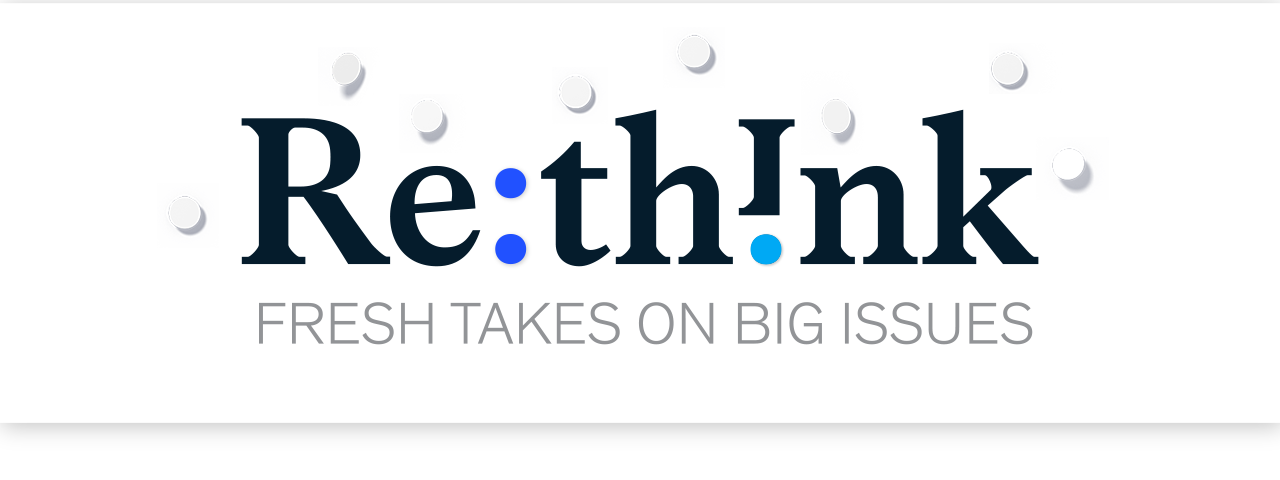



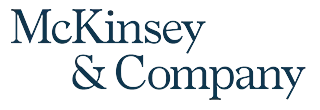

















.png?width=1200&upscale=true&name=Hero_Email%20(1).png)

